Unveiling the Science Behind Inclination: Comprehensive Detection Techniques Explained
Overview: Understanding Inclination and Its Significance
Inclination, also referred to as tilt or slope, is a critical parameter in various fields ranging from engineering to geology. Accurate detection of inclination is essential to ensure structural integrity, monitor environmental changes, and maintain operational safety. This article dives into the scientific principles and advanced techniques used to measure inclination with precision.
Sample Selection: What Can Be Analyzed?
To effectively detect inclination, the choice of the sample is crucial. **Solid materials**, such as concrete or metal structures, are often analyzed to assess deformation or misalignment. In geological surveys, **soil layers and rock formations** are studied to understand tectonic shifts. Even **liquid surfaces** can be evaluated to monitor stability in dynamic systems. Selecting the appropriate sample ensures the accuracy and relevance of the detection process.
Detection Parameters: Key Metrics to Examine
When detecting inclination, several metrics are typically measured:
- Angle of inclination: The primary measurement, expressed in degrees.
- Directional orientation: The azimuth or compass direction of the tilt.
- Rate of change: How quickly the inclination evolves over time.
These parameters provide a holistic view of the inclination, helping analysts interpret its causes and implications accurately.
Instruments: Tools for Accurate Inclination Detection
Modern technology has introduced a range of instruments for precise inclination measurement:
- Inclinometers: High-precision sensors that measure angular displacement.
- Laser levels: Devices that project reference lines to identify tilt.
- Gyroscopes: Instruments used to detect angular velocity and orientation.
The selection of the instrument depends on factors such as the scale of the analysis, environmental conditions, and required accuracy.
Methods: Steps to Achieve Reliable Results
Inclination detection follows a systematic approach to ensure accuracy:
- Calibration: Instruments are calibrated to eliminate systematic errors.
- Data collection: Measurements are taken at multiple points for comprehensive analysis.
- Data interpretation: The collected data is analyzed using statistical or simulation models to derive meaningful conclusions.
These steps, when executed meticulously, ensure the reliability of inclination detection and facilitate actionable insights.
Conclusion: The Science and Art of Inclination Detection
Inclination detection is both a scientific challenge and a critical necessity in modern applications. By combining advanced tools, accurate measurements, and careful analysis, professionals can monitor and address inclinations effectively. Whether for infrastructure, geological studies, or dynamic systems, understanding and applying these techniques can lead to safer and more efficient outcomes.
结语
以上是关于Unveiling the Science Behind Inclination: Comprehensive Detection Techniques Explained的介绍,如有其它问题请 联系在线工程师 。





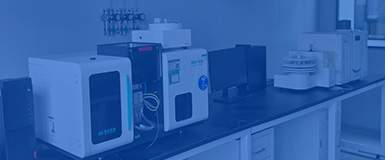
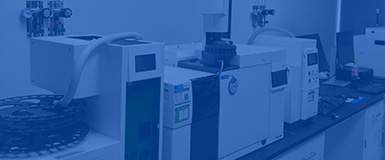

 第三方检测机构
第三方检测机构
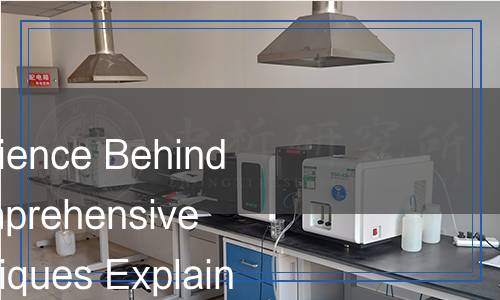










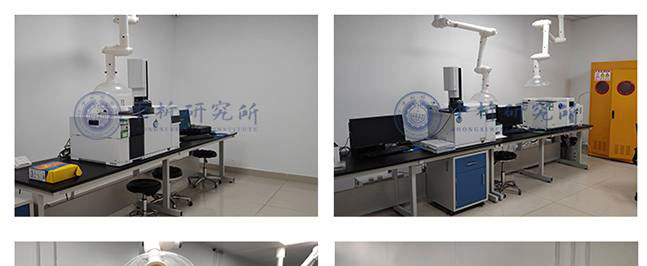
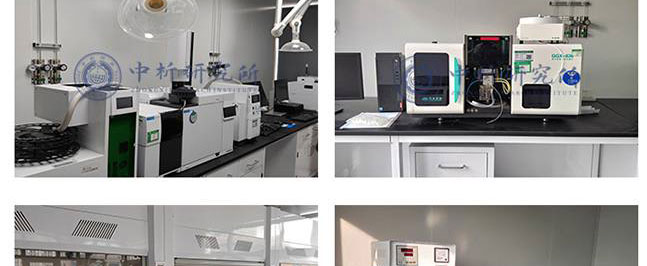
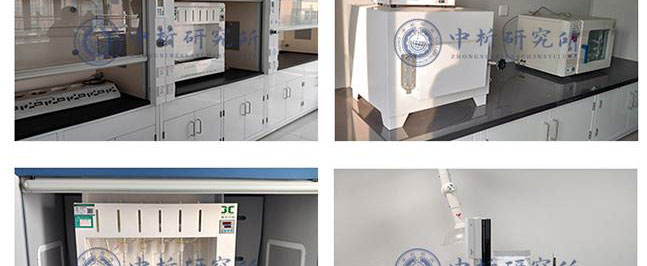
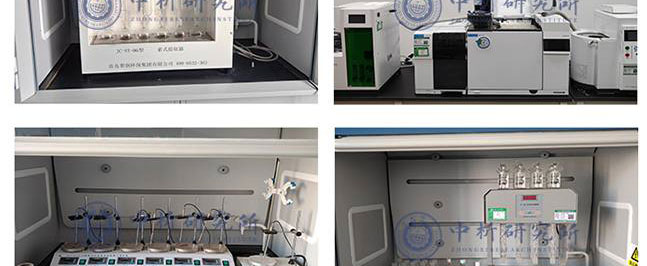
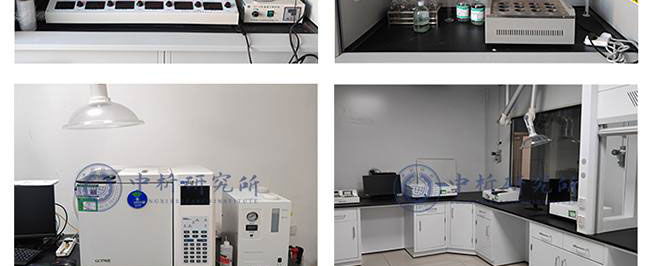
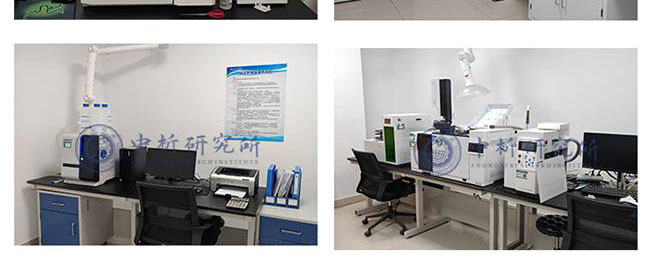

















 备案号:
备案号: